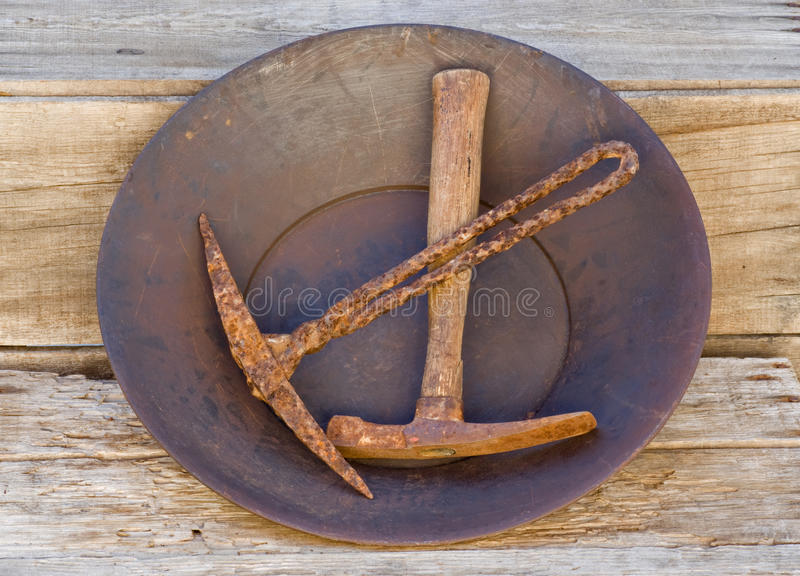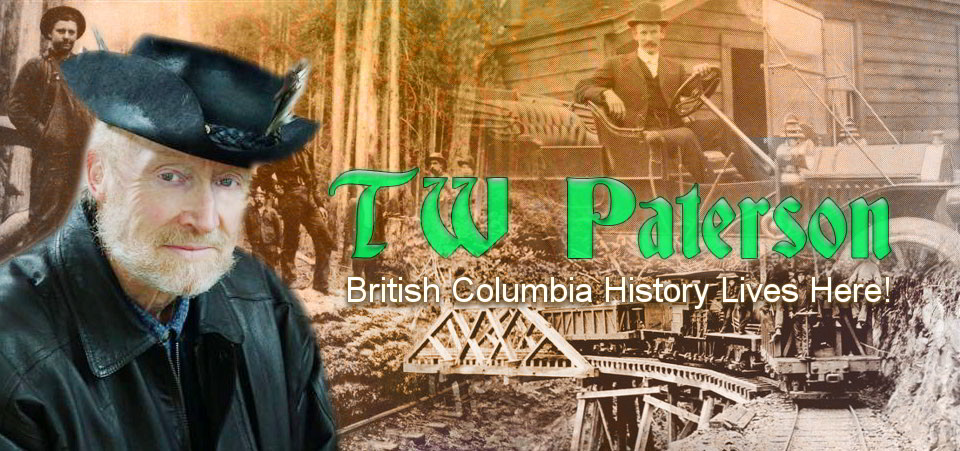Two lost gold mines and ‘Jolly Jack’ Thornton

They might give serious thought to these two lost gold mines in British Columbia which have long intrigued pioneer prospectors.
The first, although it actually dates back almost a century and a half, didn’t gain notice until 1899 when legendary prospector R.A. ‘Volcanic’ Brown, the discoverer of Copper Mountain, told a “romantic story of the discovery of a rich free milling gold property” to a Grand Forks reporter.
Move Paragraph block from position 7 up to position 6Move Paragraph block from position 7 down to position 8
He’d just returned from Princeton where he had been informed that two Swedes who had been prospecting between “Staggett and the coast” (probably between Rock Creek and Osoyoos) the previous fall had found a large cairn.
Although they’d seen other pyramids which denoted the international boundary, this particular rock pile was larger than those. Intrigued by the incongruity of such a monument in the wilderness, they’d examined it carefully and were amazed to discover that the rocks used in its construction were composed of gold-bearing quartz.
“Did it contain a bottle?” Brown asked his informant, Ed Altison. “Yes, it did, but who told you so?” Altison replied with a puzzled frown.
Twelve years before, Brown explained, he’d been trapping in that region when he’d encountered a prospecting party. “One of them told me that in the early [’70s] he’d been engaged on [the] international commission entrusted with [the] task of delimiting the frontier between the United States and Canada. At one point the surveyors while erecting a monument had been startled to discover that the rock utilized for the purpose was very rich in gold.
“Realizing that the discovery, owing to the inaccessibility of the district, could not be utilized for many years, they placed a letter in a sealed bottle within the cairn, hoping to return at some future time. Years passed away and ultimately one of the members of the outfit, a subordinate, enlisted the services of friends to seek the golden cairn.
“They told me that after searching for miles they had been unsuccessful, and on account of my knowledge asked me to resume the search, promising to give me an interest if successful. I dropped my traps and with my new companions vainly searched along the boundary line as far west as Rock Creek.
“The discovery of last year was undoubtedly the mark we missed because we did not go far enough west.”
Paragraph
Altison told him that the Swedes had staked a claim and sold it to Seattle parties for no less than $60,000. Whether they succeeded in tracing this lost gold mine is unknown.
* * * * *
The second lost gold mine of our tale is situated in the Boundary country. This is the unclaimed treasure of ‘Jolly Jack’ Thornton who had a cabin on Boundary Creek. Its shell was there until recent years—but the secret to his lost gold mine remains unsolved.
Born in Durham, England, in 1824, he joined the gold rush to the Fraser River in 1858 after a lengthy career as a merchant seaman and as a sailor in the United States Navy. The year after his arrival in British Columbia, he became the second prospector to seek his fortune along the gravel bars of Boundary Creek. Then, following the Columbia River into Washington Territory, he located a claim on what became known as Jolly Jack’s Bar and enjoyed a handsome return for his efforts.
Where he got his gold remains a mystery.
Many tried to loosen his tongue with drink but had to admit failure; Jack could knock it back with the best of them.
Those who tried to follow him had to keep their distance because he was always armed. They learned only that he was able to return with a fresh supply of nuggets in short order, meaning that his mine had to be within easy reach of his cabin, near the mouth of Boundary Creek. Nevertheless, try as they might, they could not find his source.
Jolly Jack Thornton died in 1903, aged 78.
His name lives on in the form of Jolly Jack Creek, which joins Boundary Creek, southwest of Greenwood. As does the legend of his lost gold mine. He left a widow and several children but, so far as is known, took his secret to the grave.
Well known mining historian Bill Barlee’s careful research convinced him that Jolly Jack’s lost gold mine is on Skeff Creek, a seasonal tributary of Fourth of July Creek, and that there’s still gold to be had beneath the overburden and boulders in ground which has never been prospected.
So he told the world in his bestselling book, Historic Sites and Lost Mines.
See also: – http://bcgoldadventures.com
4 Comments
Trackbacks/Pingbacks
- RUMMINGS BOTTLES MORE POPULAR THAN EVER - TW Paterson | TW Paterson - […] See Also: Two lost gold mines and ‘Jolly Jack’ Thornton […]

Great stories T.W.!
When can we expect a Cow. Chr. Vol.6?
As it happens, Jim, I’m roughing it together now. Possibly this year although I have several others in the fire, too, and it’s the old story of priorities. Thanks for asking. –TW
Comment *his mine cant be on 4th of july creek as it is too far away.he was a old man and so was his horse so he could not go far.I have an idea but will have to wait till spring
Let me know what you find!